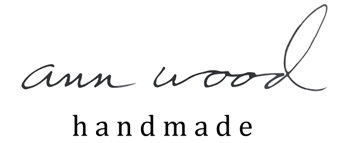
*The links below are affiliate links – meaning I get a small commission if you purchase through the link.
lets start with simple package ideas
One of the byproducts of making a little painting everyday is the little section at the top of the paper where I off load paint and test my brush and colors. They are entirely unintentional and I usually end up liking them. For me anyway, they often have that magic that the universe delivers up when we get out of the way. I like them enough to save them. And lately put them to use – they make sweet and cheerful gift tags.
I like them even better cropped using a die punch. You can get one here. I have a few of these punches and love them. The stamp doesn’t have a hole for the string so I used this mini size hole punch and added bakers twine. I just got this baker’s twine.


What if you don’t make a painting everyday? You can still make the tags. The key is to make some marks on card stock or watercolor paper before cutting the tags. Cropping is magic. Experiment with making marks without thinking about the tags. That freestyle experimenting is fun and good exercise and the tags are a bonus.

The tags go perfectly with my signature paint splattered brown paper wrapping. To keep things interesting I also painted some stripes and dots this year.
and little gift ideas
Little gifts and sweet touches that don’t take very long to make or cost much. Very much in the spirit of Christmas. Sweet things you can make from scraps mostly.


Woebegone pines – make a bunch. As an alternative to the wooden base you can use a cinnamon stick and add a hanging string at the top.

Stitch a little mouse from scraps. The pattern is designed for felt but is works with other fabrics too – this guy is made from linen.

Needle books make great gifts. And you can do a mini version, just a page or two, if you’re short on time. I have a bunch of pages in progress that I’m going to assemble into a couple little books.

From the paper department – make paper sail boats or wax paper stars and snowflakes or swan treat boxes.
Check out the free pattern page for lots more little gift ideas.
Happy Christmas to you! I hope your holidays are lovely,
ann






















 /div>
/div>












































 I hope you make lots of swan boxes!
I hope you make lots of swan boxes!
 meet gustav! by Melanie
meet gustav! by Melanie











































































































